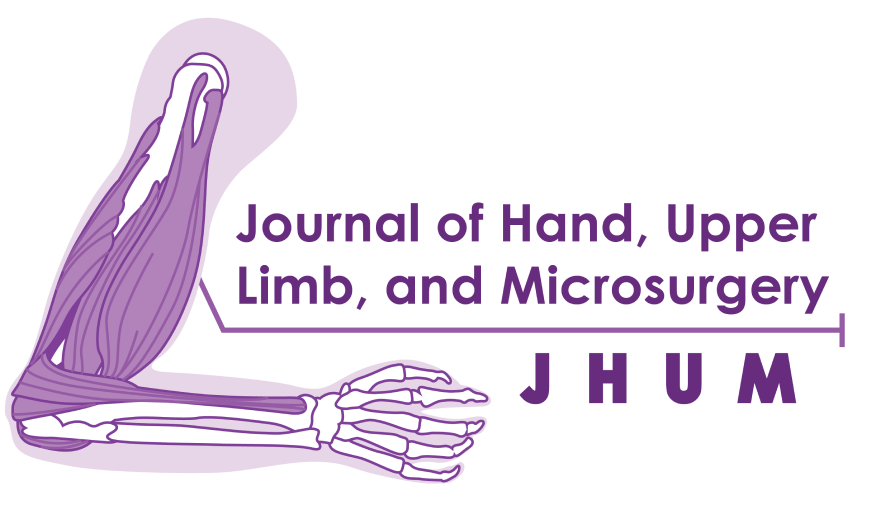Functional Outcome (DASH and CMS Scoring System) of ORIF Versus Shoulder Hemiarthroplasty on Proximal Humerus Fracture Neer Classification 3 and 4 Part
A Meta-analysis
DOI:
https://doi.org/10.59452/jhum.v1i1.110Abstract
Background: Despite proximal humerus fractures being one of the most common fractures, the decision on surgical interventions remains controversial. ORIF and hemiarthroplasty have certain advantages and disadvantages, and this study aims to evaluate and compare the functional outcome of ORIF and hemiarthroplasty for proximal humerus fracture Neer 3- and 4-part.
Hypothesis: Current literature supports the use of hemiarthroplasty with good outcomes when used in proximal humeral fracture Neer 3- and 4-part
Study Design: Meta-analysis; level of evidence, 2.
Methods: A systematic search was carried out until May 10th 2021 in PubMed, Google Scholar, Cochrane Library and Clinical Key. Study quality and risk of bias assessed GRADE Working Group, and recommendations made by the Agency for Healthcare Research and Quality (AHRQ).
Results: The electronic research resulted in 76 records involving 138 patients undergoing ORIF and 131 patients undergoing hemiarthroplasty. In 4 studies, 97 patients treated with hemiarthroplasty and 95 patients treated with ORIF Plate Screw were evaluated using CMS and DASH score. There is no significant difference between the 2 groups in DASH and CMS score with mean difference 6.14; 95% CI, p<0,05 and mean difference -6,77; 95% CI; p>0,05, respectively.
Conclusion: Statistical analysis revealed no significant difference in CMS and DASH scores between ORIF and hemiarthroplasty groups

